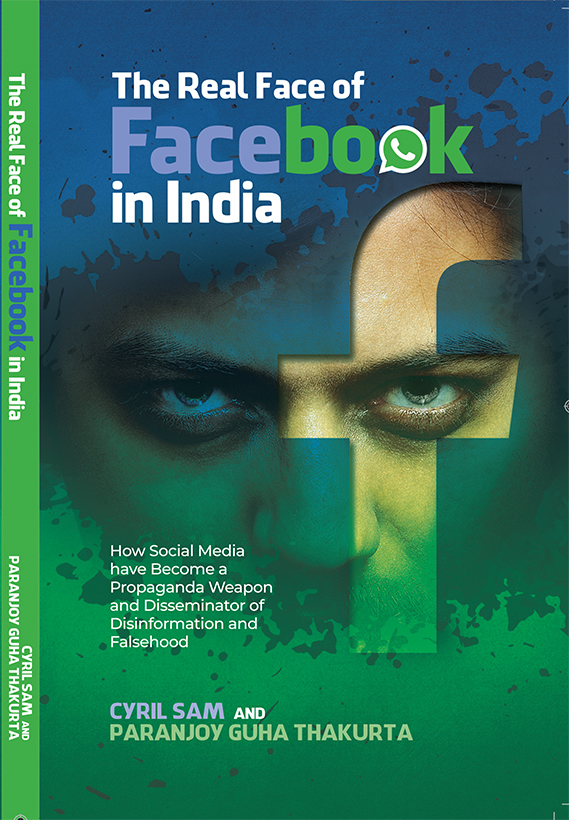Finance minister Arun Jaitley’s first full-fledged Union Budget epitomises how optimism can overtake realism. He has tried to answer his government’s critics by promising something or the other to all sections of the population: the poor, the middle classes, the corporate sector, farmers, small businesspersons, the youth and the elderly. The problem in trying to please everyone is that he could end up pleasing no one.
How has he been excessively optimistic? He has assumed that inflation in the coming financial year will be somewhere between 3 per cent and 3.5 per cent against around 5 per cent at present. This is how the calculation has been arrived at. The nominal rate of growth of gross domestic product (GDP) during the year that begins on April 1 has been assumed to be 11.5 per cent and the real rate of growth of GDP (that is, after adjusting for inflation) has been projected at between 8 per cent and 8.5 per cent.
It will be difficult for the government to keep inflation under control, given the decision to increase the prices of petrol and diesel by more than Rs 3 per litre, which was taken within hours of presenting the Budget.
The implicit assumption that has been made by Mr Jaitley while working out his Budget arithmetic is that international prices of crude oil will not go up significantly in the coming year. This is a bold assumption to make, an assumption which many (including quite a few within the Bharatiya Janata Party) would consider unrealistic.
The fact is that there has been sluggish growth of the government’s tax revenues on account of a slowdown in industrial production and foreign trade. Still, the finance minister says he will be able to adhere to the fiscal deficit target of 4.1 per cent of GDP because of the windfall gains that have accrued on account of the sharp fall in international prices of crude oil — India imports roughly 80 per cent of the country’s total requirements of oil and imports of oil account for a third of the total import bill.
Roughly a third of the decline in world oil prices has been passed on to the consumer in the form of lower retail prices of diesel and petrol; the government has kept the remaining two-thirds of the gains. The fall in the prices of petroleum products has been responsible for sharp deceleration in the rate of inflation. The government has been extremely lucky so far. Prime Minister Narendra Modi and Mr Jaitley surely hope their luck will not run out of them.
The government hopes to keep the fiscal deficit under control and raise funds for investment in the physical infrastructure (bijli, sadak, paani) and the social welfare (shiksha, swasthya) by raising a huge Rs 69,500 crore through disinvestment of shares held by the government, mainly in public sector undertakings. Out of this amount, a sum of Rs 28,500 crore will come from “strategic disinvestment”. It is not clear whether this includes outright privatisation of government-owned corporations.
During the current financial year, 2014-15, the government had budgeted to raise Rs 63,425 crore from disinvestment but is actually expected to raise only Rs 31,350 crore — as indicated by the “revised estimates” in the capital receipts section of the Receipt Budget. The bulk of the amount that has been raised this year has come from disinvestment of shares in Coal India Ltd, of which the biggest chunk (nearly half) was bought by the Life Insurance Corporation. This is the classic case of money moving from one pocket of the government to another. Will this story be repeated during the coming year? Time will tell.
On Friday in the Lok Sabha, Prime Minister Modi trashed and ridiculed the Mahatma Gandhi National Rural Employment Guarantee Act. A day later, his finance minister increases the allocation under MGNREGA marginally (by barely Rs 700 crore in comparison with this year’s Budget estimate) and says the budgetary allocation could go up further by Rs 5,000 crore if there is tax buoyancy. He adds that his government is “committed” to the scheme even as it “will focus on the quality and effectiveness of activities” under the programme.
The Economic Survey presented on Friday described the MGNREGA as “well-targeted” and argued that it was important to “enhance... support for the vulnerable in agriculture, namely the small farmer and agricultural labourer”. It added that the “challenge” is to “use the programme to build assets such as rural roads, micro irrigation and water management (projects), while also shoring up rural incomes”. Who should we believe? Mr Modi, Mr Jaitley or Dr Arvind Subramanian, chief economic adviser to the Government of India in the ministry of finance?
The rhetoric in the Budget is to dispel the impression that is being sought to be created by the BJP’s political opponents, which is that the Modi government’s policies are tilted towards big business and those who belong to affluent sections and are often accused of evading and avoiding paying taxes. While promising to rationalise India’s extremely complex and convoluted tax structures, the finance minister has laid out a plan to bring down taxes on corporate bodies over the coming years. He has said he will clamp down on the beneficiaries of the country’s “black economy”, particularly on those who stash away their “concealed income” in Swiss banks.
The Budget states that while the revenue loss from the changes proposed in direct taxes (that is, taxes on personal incomes and corporate profits) would be Rs 8,315 crore, the proposals on indirect taxes (excise and customs duties and service tax) would yield additional revenues of Rs 23,383 crore. Direct taxes are progressive, which means that the rich pay higher taxes than the poor. Indirect taxes, by their very nature, are regressive, that is, the poor and the rich pay the same taxes.
The bulk of the extra revenue from indirect taxes in 2015-16 will come because the service tax (plus education cesses) is proposed to rise from 12.36 per cent to a consolidated rate of 14 per cent. Against the 2014-15 budget estimate of total service tax collection of Rs 2,15,973 crore, the revised estimate places the figure at Rs 1,68,132 crore, or a shortfall of Rs 47,841 crore. Compared to the revised estimate for 2014-15, total collection of service tax is slated to jump by Rs 41,642 crore to Rs 2,09,774 crore.
There is anecdotal evidence to indicate that Mr Jaitley has been a bit too optimistic. He thinks it is his job. We will get to know the reality 12 months from now.


